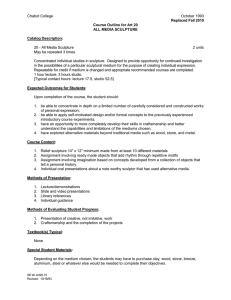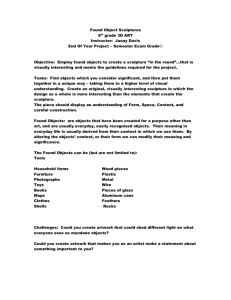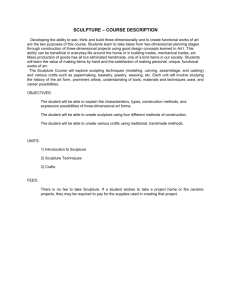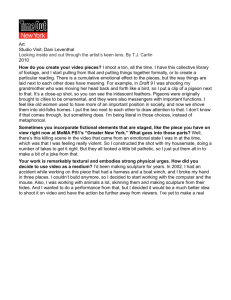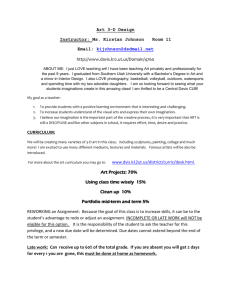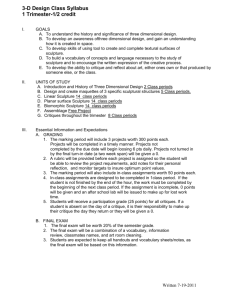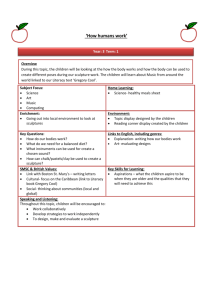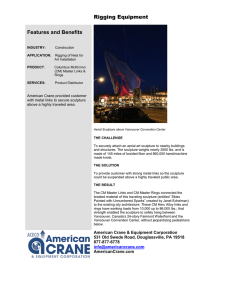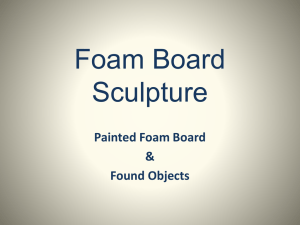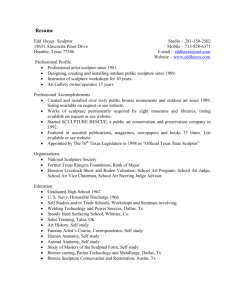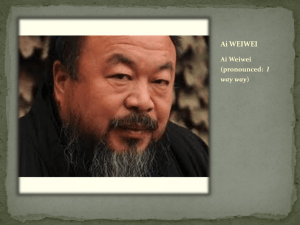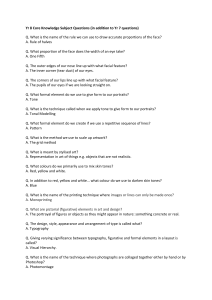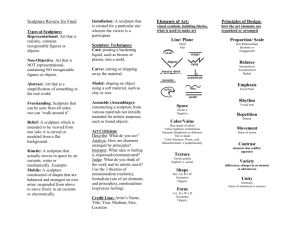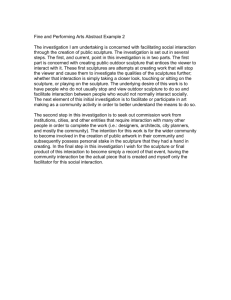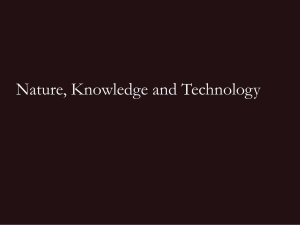C1 : ALGEBRA AND FUNCTIONS 1
advertisement
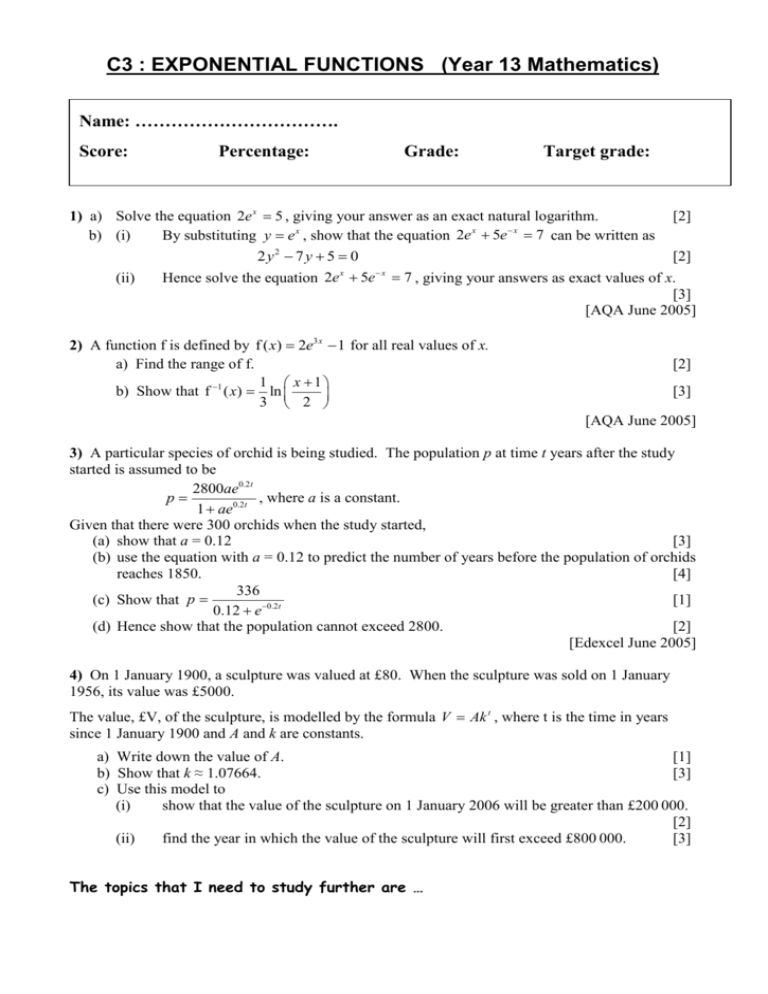
C3 : EXPONENTIAL FUNCTIONS (Year 13 Mathematics) Name: ……………………………. Score: Percentage: Grade: Target grade: 1) a) Solve the equation 2e x 5 , giving your answer as an exact natural logarithm. b) (i) By substituting y e x , show that the equation 2e x 5e x 7 can be written as (ii) [2] [2] 2 y2 7 y 5 0 x x Hence solve the equation 2e 5e 7 , giving your answers as exact values of x. [3] [AQA June 2005] 2) A function f is defined by f ( x) 2e3 x 1 for all real values of x. a) Find the range of f. 1 x 1 b) Show that f 1 ( x) ln 3 2 [2] [3] [AQA June 2005] 3) A particular species of orchid is being studied. The population p at time t years after the study started is assumed to be 2800ae0.2t p , where a is a constant. 1 ae0.2t Given that there were 300 orchids when the study started, (a) show that a = 0.12 [3] (b) use the equation with a = 0.12 to predict the number of years before the population of orchids reaches 1850. [4] 336 (c) Show that p [1] 0.12 e 0.2t (d) Hence show that the population cannot exceed 2800. [2] [Edexcel June 2005] 4) On 1 January 1900, a sculpture was valued at £80. When the sculpture was sold on 1 January 1956, its value was £5000. The value, £V, of the sculpture, is modelled by the formula V Ak t , where t is the time in years since 1 January 1900 and A and k are constants. a) Write down the value of A. [1] b) Show that k ≈ 1.07664. [3] c) Use this model to (i) show that the value of the sculpture on 1 January 2006 will be greater than £200 000. [2] (ii) find the year in which the value of the sculpture will first exceed £800 000. [3] The topics that I need to study further are …



